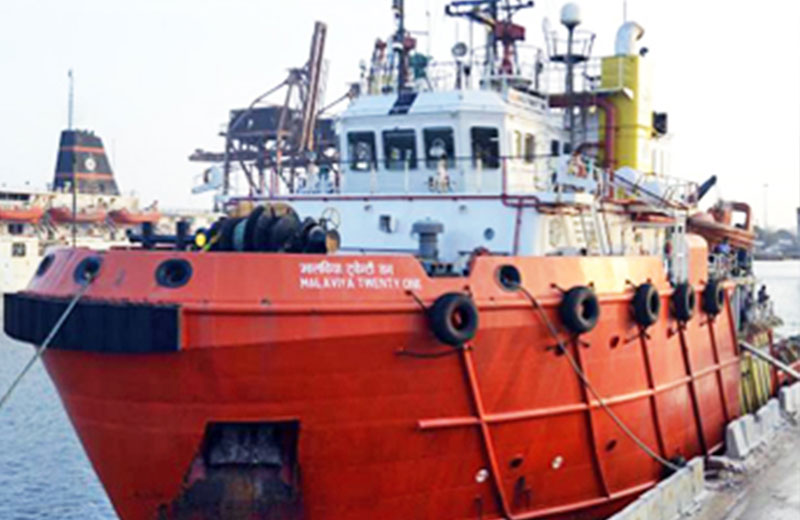[vc_row][vc_column][vc_column_text]
Chennai Port Trust could save $20 million per year if it directly unloads crude oil from very large crude containers (VLCC), according to a report on Cargo Traffic Projections and Logistics Bottlenecks prepared by Ministry of Shipping and Indian Ports Association.
According to the report, Chennai port clusters could not unload crude oil for Chennai Petroleum Corporation refinery directly from large containers due to the lack of single buoy mooring (SBM) facilities which are essential for direct unloading.
Single Bouy Mooring serves as a mooring point and interconnect for tankers loading or off-loading gas or liquid products. This essentially is a system with an anchored buoy with a pipeline connected to it. Using this, oil could be off-loaded or loaded, if required from the ship that is moored to the buoy.
The direct unloading would help Chennai port decongest Baharti Dock berth besides lowering demurrage and port handling charges. Currently, Chennai Petroleum Corporation Limited (CPCL) imports 10 million metric tonnes of crude through Bharati Dock, which could handle only Suezmax tankers – a naval architecture term signifying the size of the tanker.
Chennai Port currently handles import of 10 to 11 million metric tonnes crude per annum, of which 80 per cent is through Suezmax tankers. The report says with SBM, 70 per cent of it could be handled by VLCC, resulting in the saving of $3 per tonne of crude imported over Suez tankers. This would accrue to an overall saving of $20 million per year. An additional advantage is freeing up the oil jetties, which are currently handling crude imports, for edible oil.
At $100 million, installing SBM is a rather expensive proposition. However, it could be recovered within just a few years from the savings that would come if the unloading process is shifted to VLCC tankers. However, the biggest impediment which Chennai Petroleum Corporation Limited is facing is the site for installation of SBM. Of the three locations identified, the most appropriate location lies in the Navy firing range which will require permission from Ministry of Defence.
[/vc_column_text][/vc_column][/vc_row]








